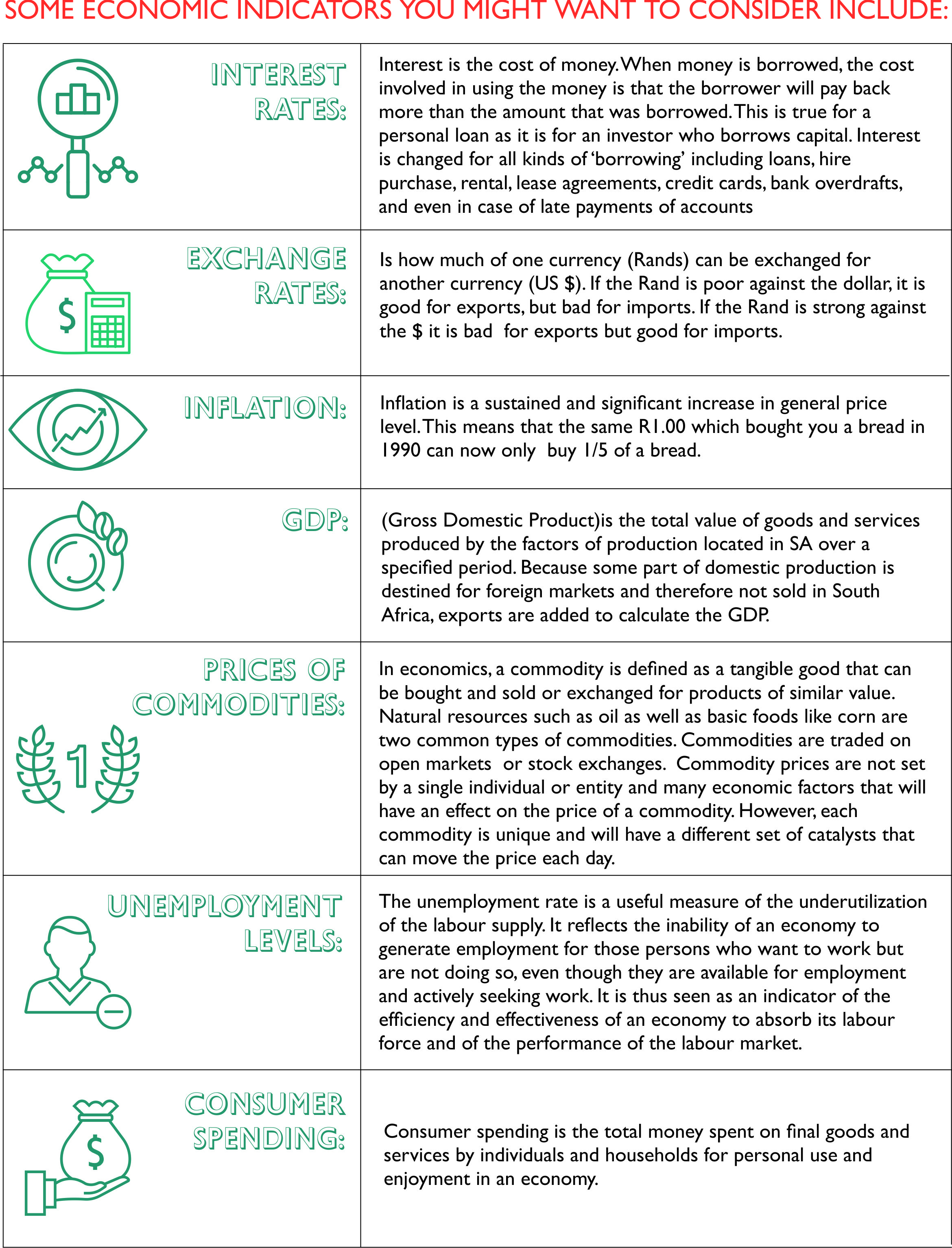Forecasts are often simply done based on past patterns and hunches; however good forecasting utilises a combination of the following two methods:-
- History of the numbers.
- Knowledge of the environment (the economy, competitors, the product, your market, etc).
Be careful as sales forecasts often become sales targets and this could in turn impact the organisation’s capacity.
History
When looking at the history of the numbers, you should firstly look for patterns and then project patterns. Patterns could include:-
- The company is expanding
- The company is in decline
- The company is seasonal
- Sales trends
- Sales cycles
When projecting patterns, it is important to take note of all the factors that could impact the existing pattern. For example, an organisation in an expanding pattern might not necessarily continue to expand as it could be reaching its peak and be on the verge of decline. Another example would be a company in decline that has just stepped up its marketing budget and is now on the verge of expansion. Some organisations’ patterns might remain the same.
Knowledge of the Environment
Once you have determined the existing patterns, you will need knowledge of the market and environment in which you operate in order to project future patterns.
Knowledge of the market and the environment can be obtained from the following:-
- Published economic forecasts and other published forecasts
- Your own research and knowledge
- The media
- Knowledge of your organisation
- The internet
- Industry networks

A review of your organisation's strategies and plans is also important when compiling forecasts.
If your organisation is involved with a large number of items that make up its ‘sales’, then it is important to group or segment the items first in order to avoid overly detailed forecasts. Items or products that would behave similarly under a given set of conditions can be grouped together. For example, a hardware outlet might forecast sales of hand-held tools and power tools as opposed to forecasting sales for each type of hammer and drill.
Spreadsheets can be a helpful forecasting tool.
Click here to view a video that explains forecasting methods.